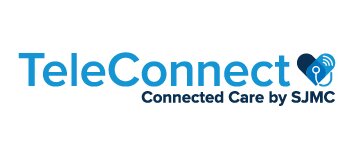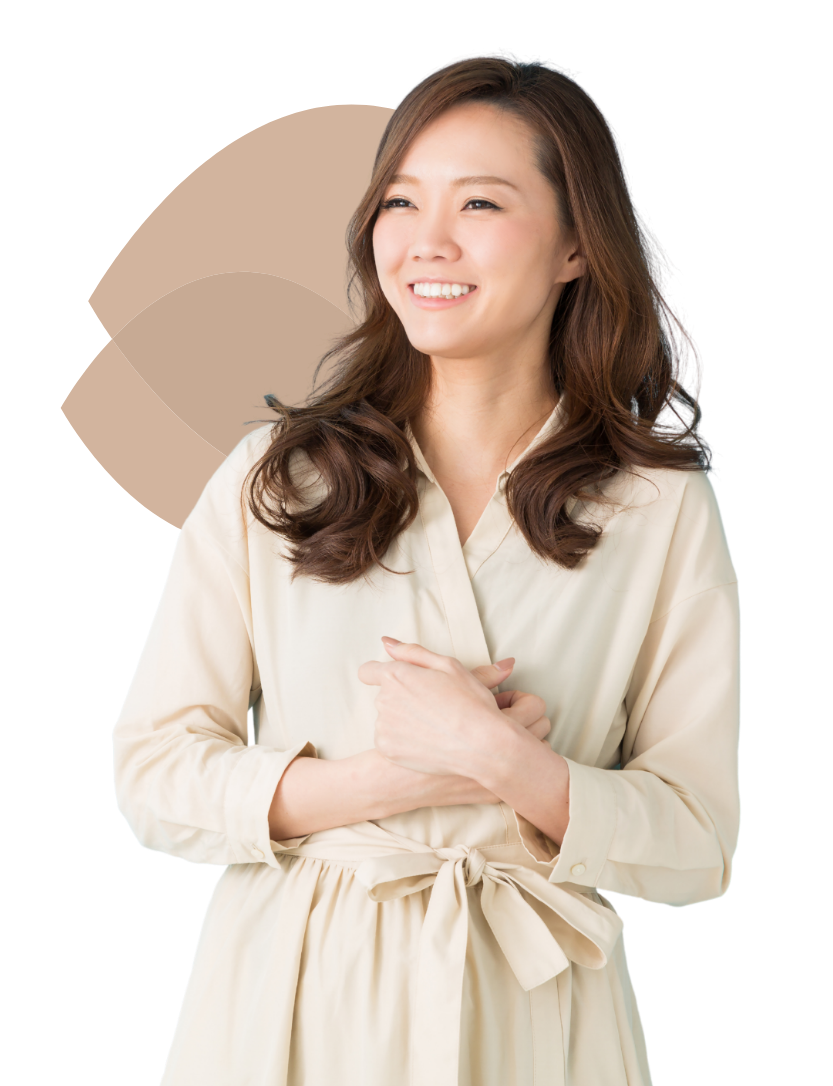Causes of Retinal Vein Occlusion
Retinal vein occlusion is often caused by the hardening of arteries and the formation of a blood clot. In the retina, arteries and veins intersect over each other. If an artery hardens, it can push against a vein and the narrow opening of the vein. This will cause uneven blood flow, which may lead to clotting.
Risk factors of retinal vein occlusion include:
-
Atherosclerosis
-
Diabetes
-
High blood pressure (hypertension)
-
Glaucoma
-
Vitreous haemorrhage
-
Smoking
-
Being overweight
-
Older age
-
Trauma to the eye(s)
The risk of getting this especially increases with age, hence why retinal vein occlusion most often affects older people.
Symptoms of Retinal Vein Occlusion
The symptoms of retinal vein occlusion range from subtle to very obvious. Some of the symptoms that may occur are:
-
Painless blurring or missing vision in a part or all of an eye. Initially, the blurring or loss of vision may be slight, but over time it will get worse over the next few hours or days. In certain cases, there is an almost immediate complete loss of vision.
-
Dark spots or lines floating in your vision
-
Pain and pressure in the eye
If you are experiencing any of these symptoms, it is important that you schedule an appointment with your doctor immediately. Retinal vein occlusion can cause permanent damage to the retina and it can also lead to other eye problems.
Diagnosis of Retinal Vein Occlusion
To start off, your ophthalmologist will check your eyes and ask about your medical history. After which, they will proceed to put drops in your eyes to dilate your pupils. This is so they can use an ophthalmoscope to check your retina for signs of blockage or bleeding.
Your ophthalmologist may also choose to do a fluorescein angiography. This is when a harmless dye is injected into the patient’s arm. The dye will travel through the patients’ bloodstream and reach the retina. This is when the doctor will take special photographs of the eye, enabling the physician to examine the vessels.
At times, your physician may also choose to do an optical coherence tomography test. This is when a high-definition image of the retina is taken by a scanning ophthalmoscope with a resolution of 5 microns. The detailed images produced will then be examined by your physician.
Treatment of Retinal Vein Occlusion
Unfortunately, there is no way to actually unblock retinal veins. What your doctor can do is treat any complications and protect your vision. Your doctor may also treat any health problems that may be related to your retinal vein occlusion.
Some of the treatments for retinal vein occlusion include:
-
Intravitreal injection of anti-vascular endothelial growth factor (VEGF) drugs – The drug targets substances that cause fluid build-up in a part of your retina. This can help ease swelling.
-
Intravitreal injection of corticosteroid drugs – The steroids will help with inflammation.
-
Focal laser therapy – A laser burns and seals off blood vessels near the macula (a part of the retina) which will keep them from leaking.
-
Pan-retinal photocoagulation therapy – A patient will need this if he grows new blood vessels in his eye. Your ophthalmologist will use a laser to make tiny burns on the retina and stop the blood vessels from leaking and growing.
These treatments may help you get your vision back. Some patients’ eyesight may get better after a few months, however some may not experience any improvement.
How to Prevent Retinal Vein Occlusion
More often than not, retinal vein occlusion is caused by an underlying medical condition. Hence, it is important that you take care of your overall health by consuming a low-fat diet, getting regular exercise, maintaining a healthy weight, not smoking, and keeping your blood pressure, cholesterol and diabetes under control. If you have diabetes, it is recommended that you get your eyes checked once every year.
At Subang Jaya Medical Centre (SJMC), our expert team includes some of the best ophthalmologists in Malaysia, delivering state-of-the-art care using first-rate clinical practice and advanced medical diagnostics.
Meet our Specialist
Dr Ronald Arun Das
Designation
Consultant Ophthalmologist and Vitreo Retinal Surgeon
Dr V. Ulagantheran Viswanathan
Designation
Consultant Ophthalmologist and Vitreo Retinal Surgeon




